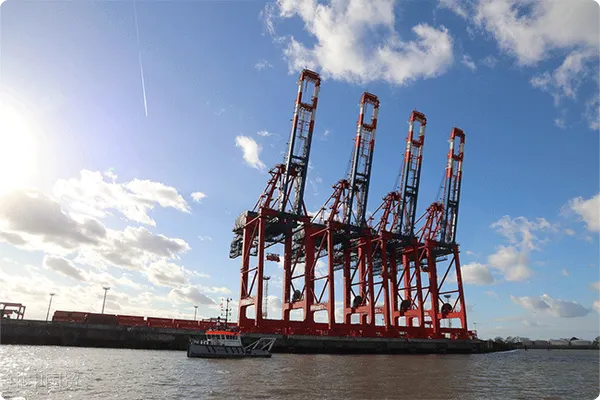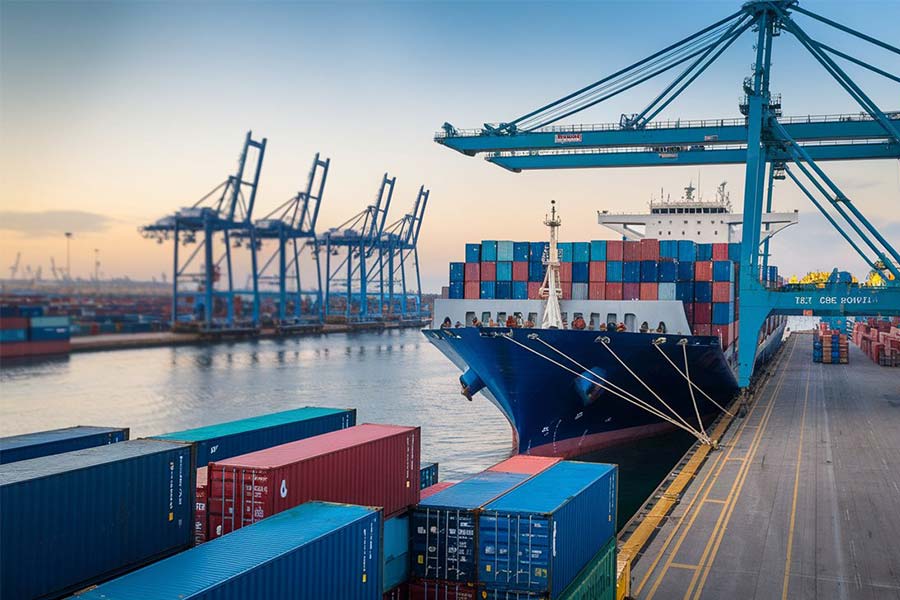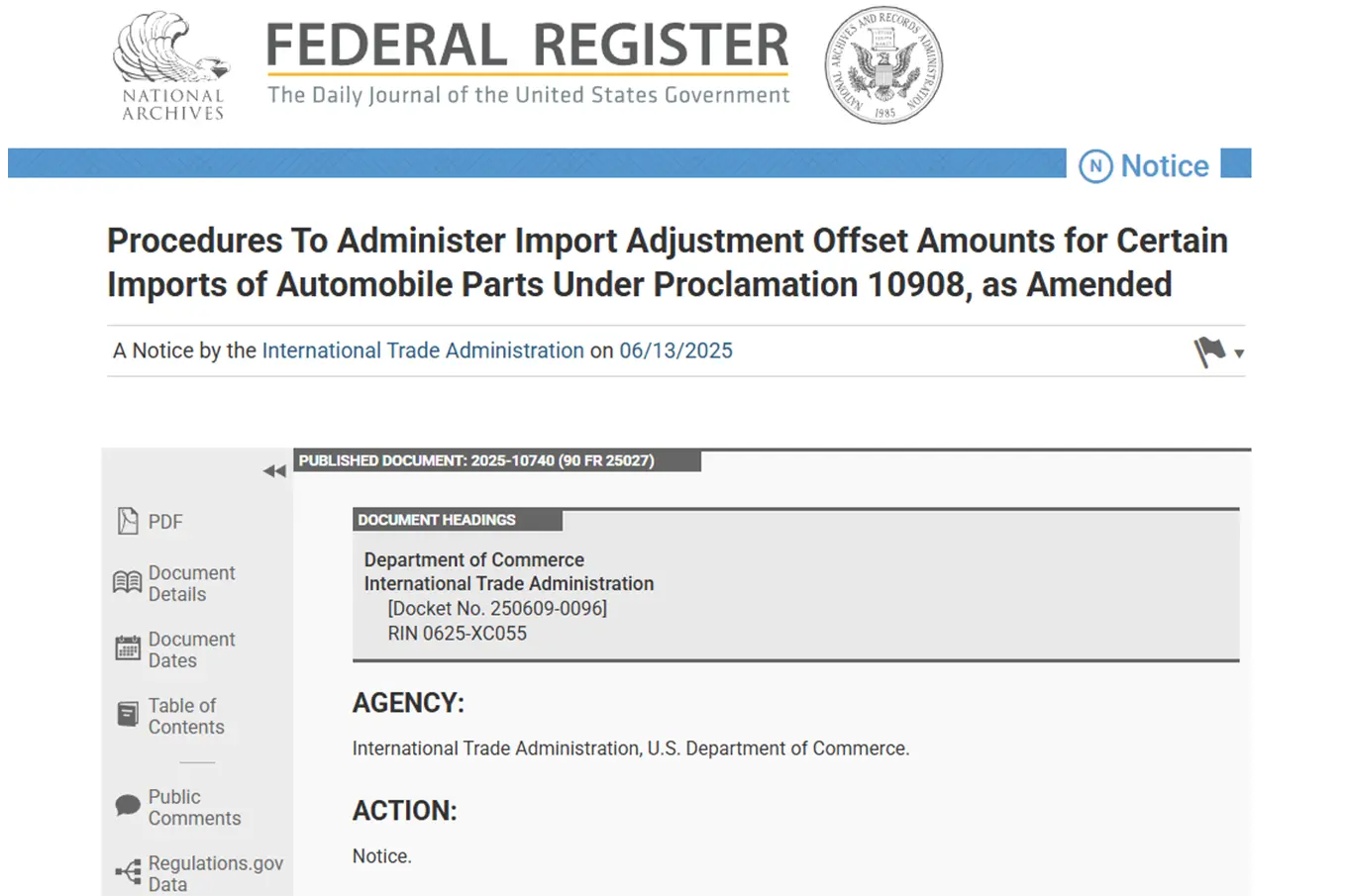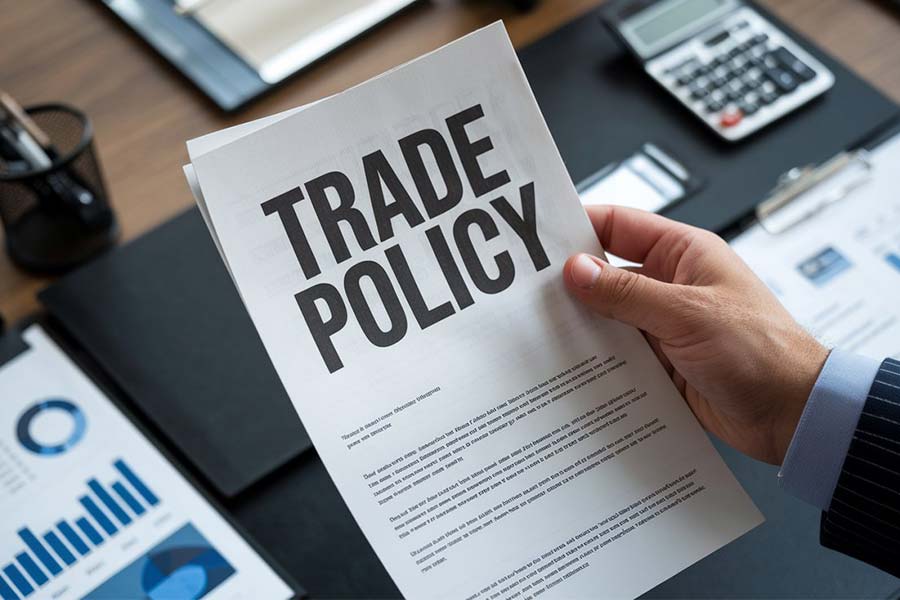- Shanghai Zhongshen International Trade Co., Ltd. - Two decades of trade agency expertise.
- Service Hotline: 139 1787 2118

Contents
Toggle2025 electronicsEquipment ImportsNew market trends
According to China Customs latest forecast, 2025 electronic equipment imports will exceed $580 billion, with annual growth stable at 7.2%. Smart wearables, industrial sensors, and medical electronics are projected to account for 43% of imports, but certification barriers (CE/FCC) causing rejected declarations increased 18% year-on-year.3CThree major challenges for self-importing enterprises
Ambiguous product function definitions leading to certification type misjudgment
- Certification black holes
- Conflicting certification standards for modular equipment components
- Disconnect between sample testing and mass production standards
- Uncontrolled customs clearance time
- HS code misclassification triggering secondary inspections
- Declaration mismatches with preferential tariff applications
- It is recommended to verify through the following methods:Mismatch between declaration and preferential tax rate application
- Non-compliant IPPC mark on wooden packaging leads to return shipment
- Tax cost overrun
- Cross-border E-commerceConfusion with general trade tax calculation methods
- Omission of royalty fee declaration triggers tax reassessment
- Misapplication of VAT credit and immediate refund policies
The value realization path of professional agency services
Phase 1: Certification pre-review system
Establish a dynamically updated global certification database and implement modular split certification for hybrid functional equipment. For example, in a smart wristband import case, separating the medical monitoring module from the fitness tracking module saved 28% in certification costs and reduced the certification cycle by 15 working days.
Phase 2: Customized clearance strategy
Utilizing the pre-classification dispute resolution mechanism (Announcement No. 17 of 2025 by the General Administration of Customs of China), an intelligent classification system was developed, achieving an accuracy rate of 97.6%. A "fast-track" solution was created for the import of industrial sensors, ensuring customs clearance within 48 hours, which is three times faster than the standard process.
Phase 3: Tax compliance optimization
Develop a tariff deferral model to reduce capital occupation by leveraging the "consolidated declaration after separate deliveries" policy in the free trade zone. In 2025, a chip import project achieved a 40% increase in quarterly capital turnover and saved $120,000 in financial costs through the deferred tax payment scheme.
Comparative analysis of typical practical cases
- Success Case:German smart wearable device import case
- Certification cycle: Reduced from estimated 90 days to 62 days
- Comprehensive tax rate: Optimized from 23.7% to 19.2%
- Port demurrage costs: Achieved zero demurrage record
- Failure comparison:Japanese medical equipment self-import case
- 申報(bào)錯(cuò)誤導(dǎo)致口岸滯留37天
- 未申報(bào)軟件特許權(quán)使用費(fèi)被追繳稅款
- 總成本超支達(dá)進(jìn)口貨值26%
- Unreported software royalty fees led to tax recovery
- Total cost overrun reached 26% of import value
2025 import risk special alerts
Related Recommendations
? 2025. All Rights Reserved. Shanghai ICP No. 2023007705-2  PSB Record: Shanghai No.31011502009912
PSB Record: Shanghai No.31011502009912










